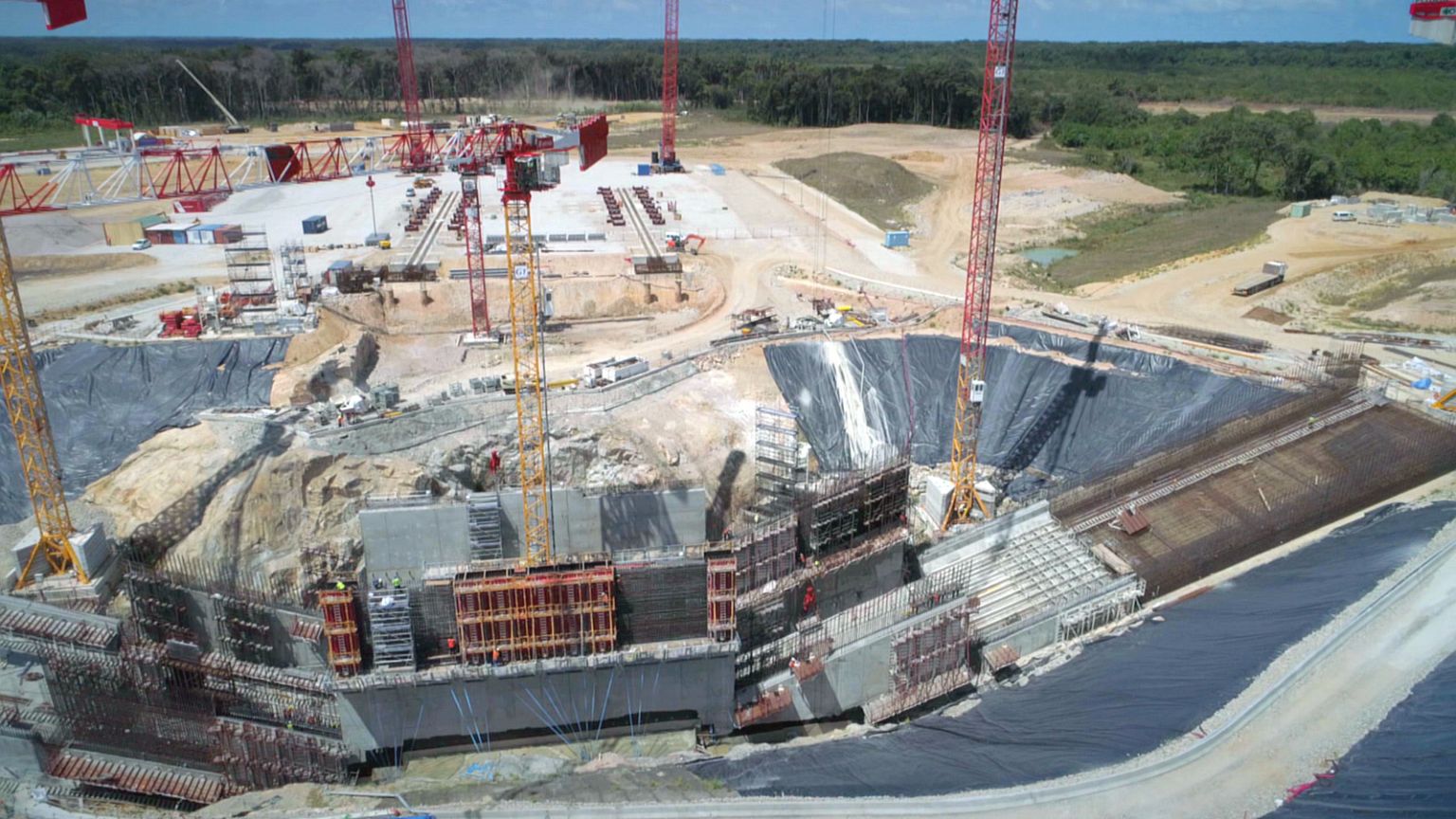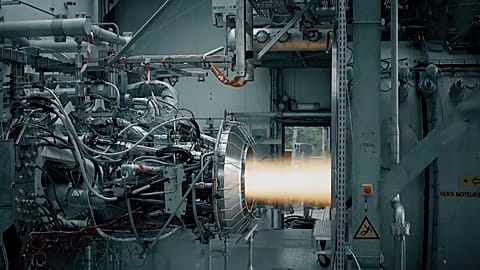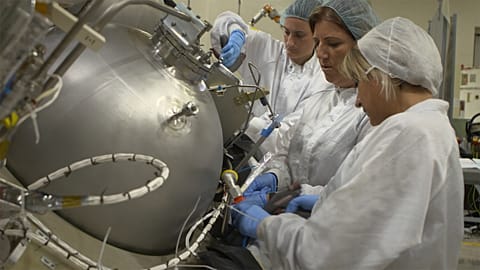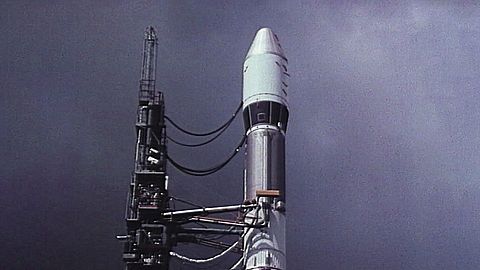The space race to build the new Ariane 6 rocket pad in French Guiana is underway.
The race is on to build the new launch pad for the Ariane 6 rocket, due to make its maiden voyage in July 2020. Construction is in full swing in French Guiana as Europe builds not only a new rocket but also a new way of launching rockets, in a bid to face down competition from the likes of Space X.
When Euronews visited, around 500 people were active on the site from six in the morning until ten at night, with attention focused on two key elements of the pad – firstly the huge flame trench which will take the hot gases away from the rocket on launch, and the new building in which the Ariane 6 will be built.
Filming with Mathieu Rocher at the Ariane 6 launchpad construction site in French Guiana for
euronews</a> Space series. It was REALLY hot down there, and I pity the guys working shifts there shovelling concrete and lumps of metal. <a href="https://twitter.com/hashtag/spaceblog?src=hash&ref_src=twsrc%5Etfw">#spaceblog</a> <a href="https://t.co/TXuOV4pwFY">pic.twitter.com/TXuOV4pwFY</a></p>— Jeremy Wilks (WilksJeremy) 24 novembre 2017
Cutting costs
Every element of the new launcher has been built with efficiency and savings in mind, as Europe’s space sector seeks to halve the cost of launching an Ariane 6 compared to today’s heavyweight Ariane 5. One of the key innovations is that the Ariane 6 will be built horizontally, like the Americans and Russians already do, rather than vertically. This allows for big economies in terms of air conditioning costs and the need for special safety equipment for staff working on high-level platforms.
Didier Coulon, who manages the site for the European Space Agency, explains the steps a rocket will go through:
“Once we’ve assembled the launcher, it will be put on a transporter, and we send it to the launch zone, and there it’s raised up vertically, we then bring along the boosters, and at that moment we carry our a general check of the launcher, and that gives the green light to bring along the upper composite with the satellite inside. Once we’ve done that we pull back the 90 metre high mobile portico and we go ahead with the launch.“
Competing with SpaceX
Kourou in French Guiana has lived and breathed rocketry for 50 years, and it remains one of the planet’s most active sites, with 11 to 12 launches per year. On a sparsely populated coastline with a clear view to the north and east, and right on the equator, it is well positioned for launching rockets both to polar and geostationary positions. However, newcomers, in particular Space X, supported by NASA contracts, threatens Arianespace’s roughly 50% share of the commercial launch market with its Falcon 9 rocket.
“SpaceX is coming,“ says Didier Faivre, who heads the Centre Spatial Guyanais for French space agency CNES: “They have a more modern design, so can offer more attractive prices. That’s why we’re making Ariane 6, to reduce costs. Ariane 5 has perfect reliability, the Soyuz and Vega haven’t failed since day one, availability is good and planning is stuck to, so we have to get better on costs. That’s why we have Ariane 6, with a more modern and modular design that should allow us to reduce costs, and get close to or even better than what SpaceX can offer commercial clients today.“
Elon Musk’s SpaceX is doubling down on a method for cheaper rocket launches https://t.co/eD0eDbFTny pic.twitter.com/SsuPD2PE5i
— Bloomberg Technology (@technology) 12 décembre 2017
A modular rocket
ESA’s member states signed off on the Ariane 6 design based on it being available in two versions – the 62 and 64. Bruno Gerard, from Arianespace, the company that markets the launchers, told Euronews: “The advantage of Ariane 6 is that we have two versions, the 62 and 64. So 62 has two boosters, and 64 has four boosters. So with 4 boosters we have maximum performance, so we can put two satellites into geostationary transfer orbit, or one really heavy one. Then with Ariane 62, less powerful, so less expensive, we can put satellites onto really particular orbits.“
Components of Ariane 6 are shared with the Ariane 5 rocket, for example the Vulcain engine, while the two or four boosters on the new rocket are adapted versions of the P120 solid booster that forms the main stage of the new Vega C rocket. This means more economies in terms of development time and expense, and should allow the Guiana site to increase the launch rate as demand increases.
Meanwhile, on the construction site, the pace remains high. In January, the 500-tonne launch platform arrives and will be assembled and heaved into place. On the rocket side, ESA’s Director of Launchers Daniel Neunschwander told Euronews that the agency’s industrial partners were ‘full speed ahead’, with the first Ariane 6 rockets being built from next year onwards.
View down the flame trench at the Ariane 6 launchpad construction site in French Guiana #spaceblog pic.twitter.com/hdtRzLjyAb
— Jeremy Wilks (@WilksJeremy) 17 novembre 2017


















